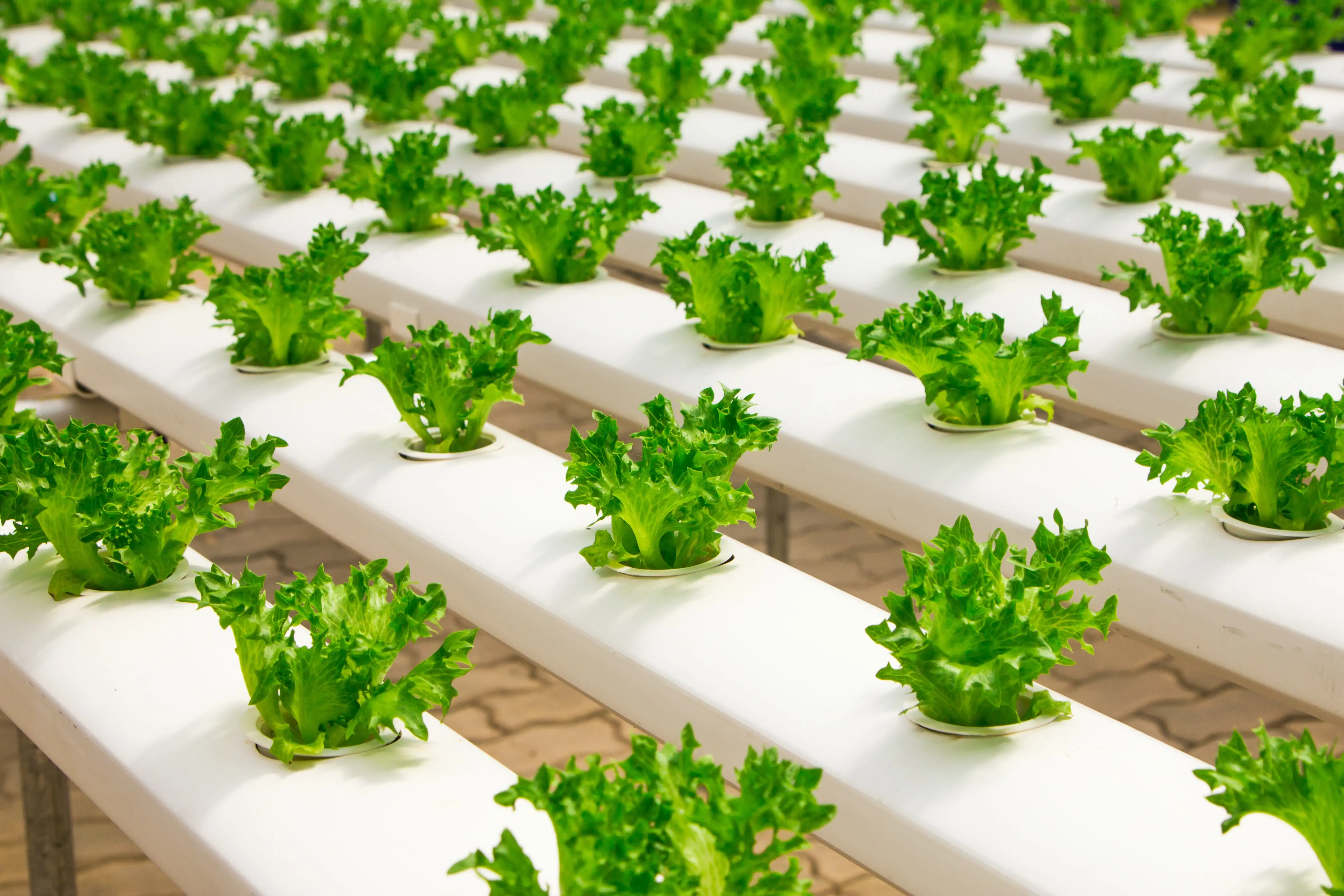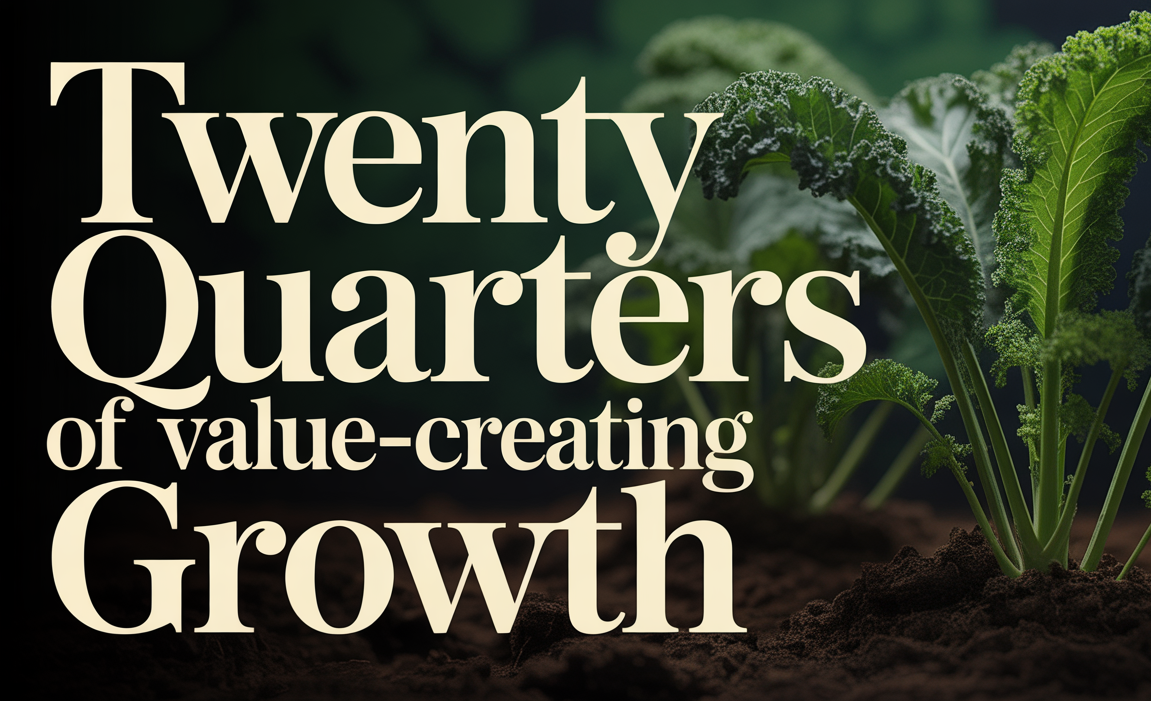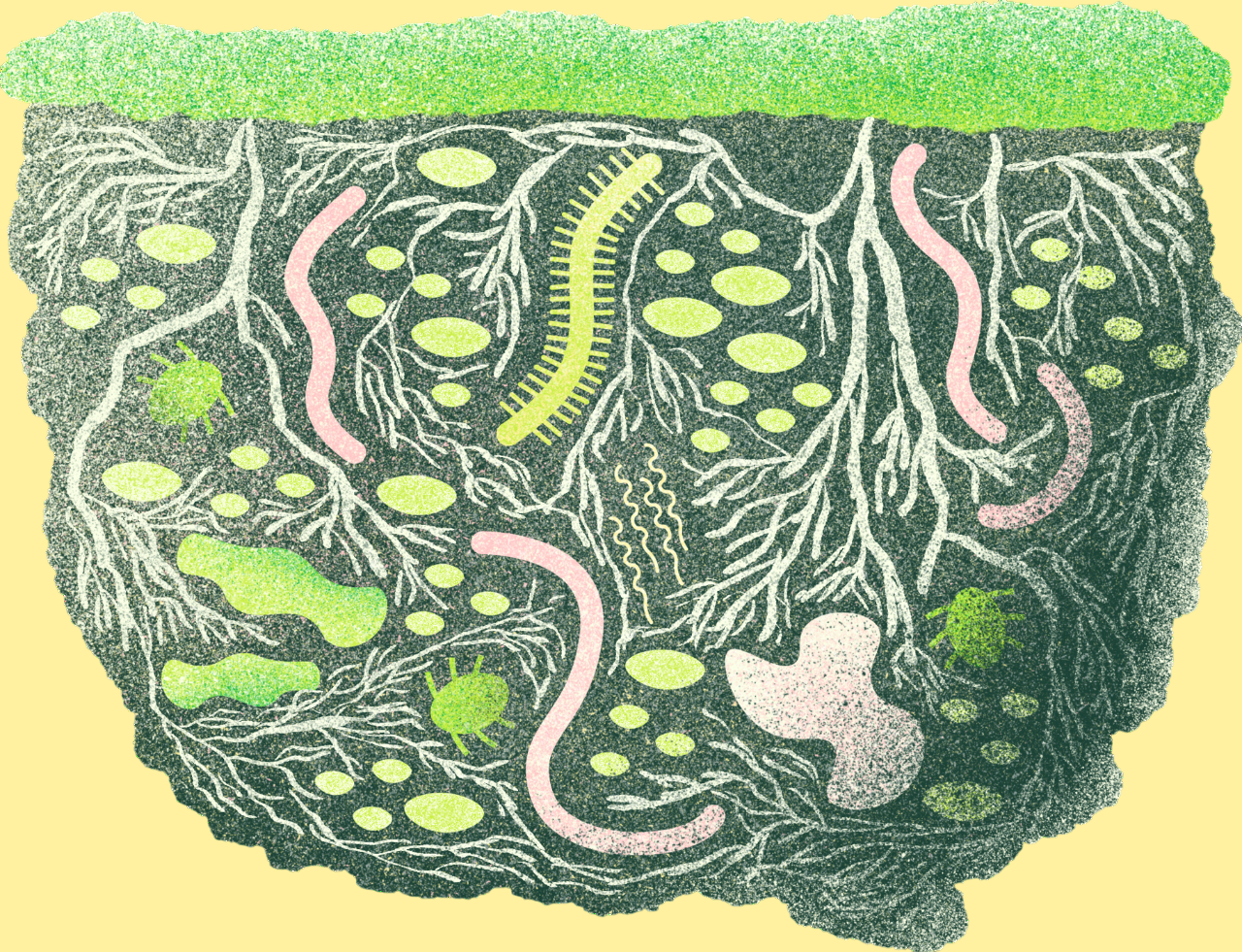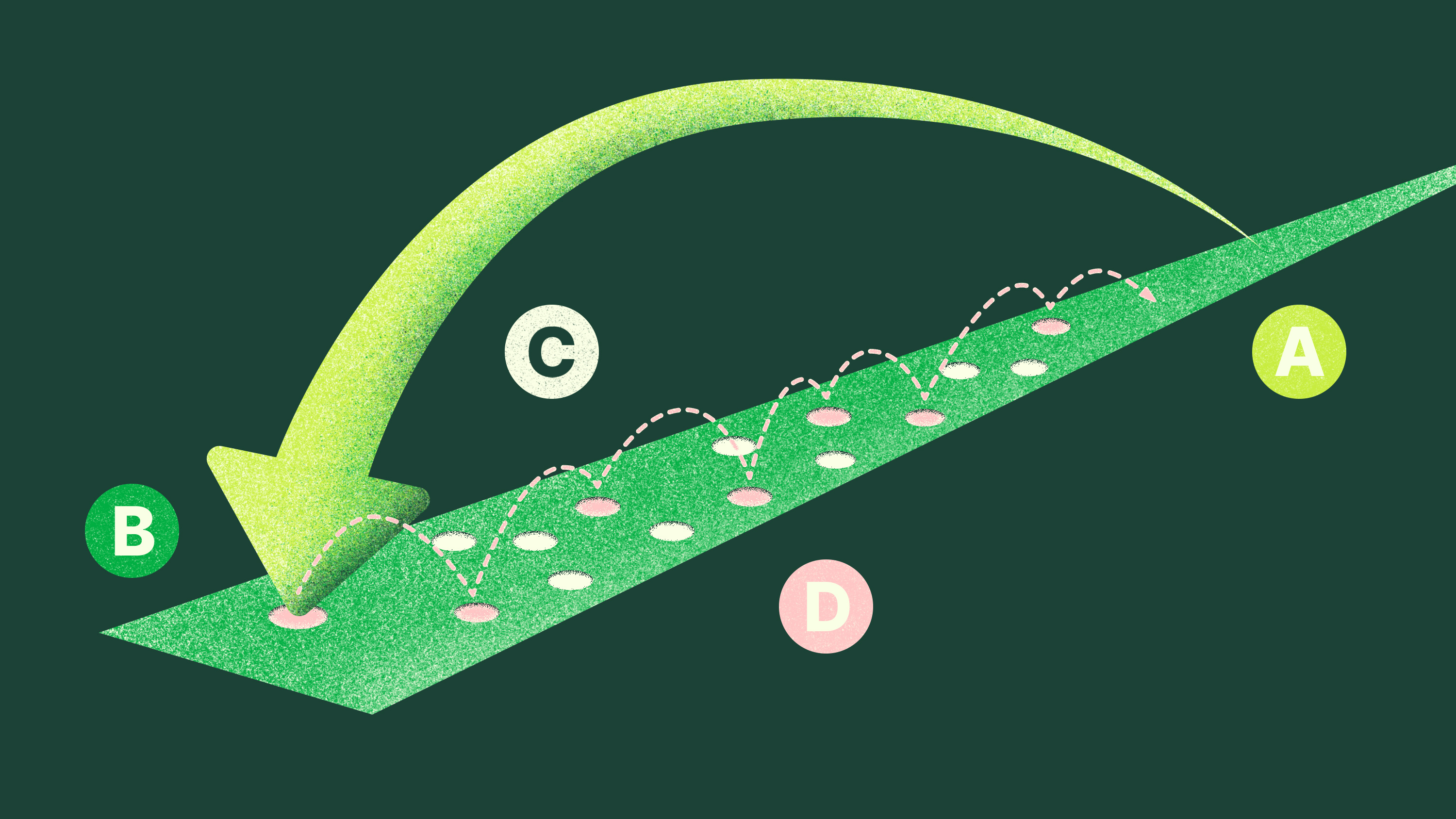
Healthy Diets
The nutrition paradox: Why more food isn’t leading to better diets
What is a healthy diet?
There is no single definition of a healthy diet. Dietary guidelines vary depending on who you speak with (and on their underlying incentives), on what region of the world you’re in, and even on individual factors such as genetics. Putting aside guidelines and specifics on what to eat, we’ve defined a healthy diet as promoting optimal health while protecting against malnutrition and diet-related diseases.
When it comes to specific dietary guidelines, we’ve embraced EAT-Lancet’s Planetary Health Diet as it’s rooted in science. They discovered that switching to a healthy diet not only makes us healthier, it’s also the single strongest leverage point to reverse planetary boundary pressure. Their guidelines promote a plant-forward diet, consisting largely of a diverse set of plant-based foods such as whole grains, fruits, vegetables, legumes, and nuts. It includes meat and dairy but in much smaller proportions than plant-based sources and recommends limiting saturated fats, refined grains, highly processed foods, and added sugars.
Switching to a healthy diet not only makes us healthier, it’s also the single strongest leverage point to reverse planetary boundary pressure.
All calories are not the same
Consuming enough daily calories is not the same thing as getting enough nutrition. A healthy diet is synonymous with eating diverse and nutrient-dense foods containing high amounts of essential macro and micronutrients relative to their caloric content. There are three types of macronutrients (protein, fats, and carbohydrates) and around 30 essential micronutrients (vitamins and minerals). Macronutrients provide our bodies with energy through calories, while micronutrients support vital bodily functions without providing energy themselves. A healthy diet provides an optimal balance of both.
However, a perfect balance of carbs, proteins, and fats in your diet still doesn’t mean you’re getting enough nutrition. What kind of macronutrients you’re consuming is equally important. For example, there are three kinds of carbohydrates: simple, complex, and dietary fibers. Complex carbohydrates and dietary fibers are often rich in essential vitamins and minerals while providing a slow release of energy and contributing to digestive health. In contrast, simple carbohydrates (i.e., sugars) should be limited as it is absorbed quickly and leads to blood sugar spikes. There are also three types of fats, for which saturated fat (found in animal-based sources) and artificially produced trans fats (found in fried food and margarine) are tied to increased risk for heart disease. In contrast, unsaturated fats (found in avocados, nuts, and fish) can help lower bad cholesterol levels and reduce the risk of heart disease. Finally, proteins appear in many different forms, with varying combinations of the essential amino acids that form the building blocks of the proteins that keep our bodies operating at the cellular level.
Nutrition is more than just food
Nutrient density isn’t just influenced by the food itself but also by how the food is grown, how it's processed, and how it's handled in our bodies. Micronutrients in the soil are absorbed by plants and then by the animals that consume those plants – healthier soils produce healthier foods. In the supply chain, the level of processing the crop undergoes on the way from farm to plate also affects nutrient density. While food processing provides many benefits, such as increased food safety, shelf-life, and supply stability, the more processed, the less nutrient dense a food typically becomes. The worst form is what’s known as ultra-processed food, which has been linked to type 2 diabetes, heart disease, obesity, and even certain cancers. Yet, 60% of all calories consumed in the U.S. are considered ultra-processed*. This phenomenon of high-calorie, low-nutrient food is known as empty calories and is a major driver of malnutrition. Finally, the bioavailability of nutrients is impacted by factors like how our digestive systems break down foods. If we lack the right enzymes and microbiome conditions, we may not capture all of the nutrients present in the food we eat.
The Current State: Rising malnutrition worldwide
Given all of the above, eating healthy is more complicated than it sounds. It's therefore not surprising that even though the global supply of calories has steadily increased over the past 50 years, so have hunger and diet-related diseases that strain global economies and healthcare systems. We’ve broken the problem down by the various forms of malnutrition:
1. Undernourished → 1 in 10 people worldwide don’t get enough food
Resulting from insufficient intake of calories and nutrients, leading to underweight and impaired growth and development in children. The global hunger problem is not a result of insufficient food supply; it’s a distribution and access problem further disrupted by global conflict, extreme weather, food waste, and socio-economics. In contrast to what many people think, hunger is not limited to developing nations; even in the U.S., 13% of households are food insecure.
2. Micronutrient deficient → 3 in 10 people are micronutrient deficient
Caused by insufficient intake of essential vitamins and minerals to sustain good health. Micronutrient deficiencies impact those who don’t get enough food, but also those who are eating an appropriate amount of calories, and even those eating too many calories! Two-thirds of calories in Western diets come from only three crops: corn, wheat, and rice. These calories are primarily consumed in refined forms (such as cornmeal, white flour, and white rice), all of which are low in nutrients yet high in calories.
3. Overnutrition → 4 in 10 adults are overweight or obese
Caused by excessive intake of calories, obesity and related conditions such as high blood pressure, high blood sugar, and diets high in sodium and low in grains are all among the top 10 highest risk factors for premature deaths. At the same time, those who consume more calories than needed are often undernourished in terms of essential vitamins and minerals. How is this possible?
4. “Hidden Hunger” → Overnourishment coupled with micronutrient deficiency
Over-nutrition coupled with micronutrient deficiency can be explained by the rise of empty calories that offer little to no nutritional value. Empty calories tend to contain high amounts of added sugars, saturated fat, and sodium but lack essential nutrients such as vitamins, minerals, and fiber. While they contribute to calorie intake, they provide limited — and often harmful — nutritional benefits. The rise of empty calories is primarily driven by food processing and a lack of diversity in our diets.
*Sometimes it’s easy to tell when a food has been processed, but not always. Take rice as an example: all rice originates from brown rice, which in its whole grain form is a complex carbohydrate rich in fiber, minerals, and vitamins. But when brown rice gets processed into white rice, it loses these essential nutrients in exchange for a softer texture and longer shelf life and is transformed into a simpler carbohydrate. The end product - white rice - contains the same amount of calories as brown rice while providing significantly less nutrients in its processed form.
Are you interested in learning more about how Healthy Diets fit into our Theory of Transformation of the global food system? Reach out at solvable@refood.co!



